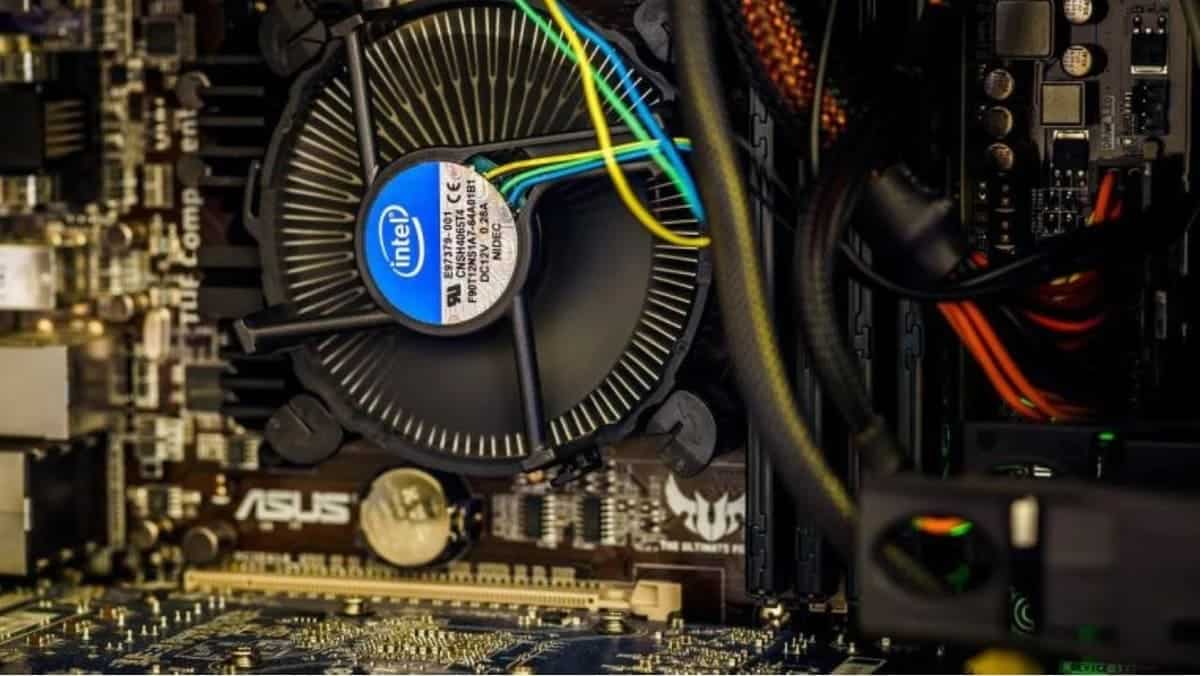A costly surprise for a well-meaning parent
What should have been a moment of joy turned into a sobering lesson in PC shopping. A father spent around 1,200 euros on a “gaming” desktop for his son, only to discover the machine was built with components that are over a decade old. The PC housed an Intel Core i5‑2500, a 2011-era processor, paired with a GTX 1660 Ti, a mismatched combination for modern games. While the GPU can still pull its weight, the CPU and supporting platform impose severe bottlenecks.
“ I thought I was buying a powerhouse, but I got a museum piece with RGB lights,” the father reportedly lamented. The heartbreak is familiar to anyone who has overpaid for underwhelming gear, and it underscores how easy it is to be misled by flashy cases and vague spec sheets. In today’s market, 1,200 euros should secure a genuinely capable mid-range rig, not a repackaged relic with decade-old silicon.
Why decade-old parts are a problem
The i5‑2500 belongs to Intel’s second generation, long past mainstream support and limited to DDR3 memory. That memory is not just slower; it also locks the system into a dead-end platform with poor upgrade paths. Modern games lean on more cores, higher IPC, and faster storage, all of which are lacking in an aging chipset. Even a decent mid-tier GPU like the GTX 1660 Ti will be hamstrung by the old CPU.
Beyond performance, there are security and compatibility concerns when running ancient hardware. Firmware updates, driver optimizations, and OS-level improvements favor newer platforms, leaving old systems behind in both stability and features. The result is inconsistent frame times, stutter in CPU-bound titles, and the inability to fully leverage contemporary APIs and technologies.
Community reaction and a teachable moment
The story made the rounds on Reddit, where enthusiasts quickly labeled the deal an outright scam. Commenters pointed out that a flashy case and a few marketing buzzwords can disguise a shockingly weak build. Many advised pushing for a refund, warning others to scrutinize specs beyond the headline “gaming” label.
It’s a reminder that not all “custom” PCs are equal, and not every seller is acting in good faith. Some lean on appealing aesthetics—RGB fans, tempered glass, and “pro” stickers—to justify a bloated price. Buyers must look past the glow and read the fine print, or risk paying premium money for obsolete parts.
How to shop smart and avoid traps
If you’re not deeply versed in hardware, a few habits can guard your budget. Before buying, validate each component, compare benchmarks, and confirm the platform’s age. If any part screams “2013,” the system is not worth 2025 money.
- Check the CPU generation and launch year; anything stuck on DDR3 is a red flag.
- Verify the exact GPU model (e.g., RTX 4060 vs GTX 1660 Ti) and real-world benchmarks.
- Confirm memory capacity and type; 16 GB DDR4 or DDR5 is the current sweet spot.
- Prefer NVMe SSDs for primary storage, ideally 1 TB for modern libraries.
- Look at power supply ratings (80 Plus) and reputable brands.
- Buy from specialist retailers with clear listings and transparent return policies.
Reputable vendors and PC-focused retailers offer clearer specs and better support. Sites like Rue du Commerce, Cybertek, or well-known local specialists lay out component origins, warranty terms, and platform compatibility. When in doubt, consult a trusted friend, a local builder, or community forums before you pay.
What 1,200 euros should actually buy
In the current market, 1,200 euros should deliver a balanced mid-range system capable of high-quality 1080p or solid 1440p gaming. A sensible build would feature a 12th- or 13th-gen Intel Core i5 (or AMD Ryzen 5 5600/7600), 16 GB of DDR4/DDR5, and a modern mid-tier GPU. The RTX 4060 or RX 7600-class cards bring DLSS/FSR support and better drivers, ensuring smoother, longer-lived performance.
Even at around 900 euros, you can find configurations with an RTX 4060, an i5‑12400F or Ryzen 5 5600, 16 GB RAM, and a 1 TB NVMe SSD. That combo outperforms any build anchored to an i5‑2500-era platform, while staying efficient and easy to upgrade. Crucially, it supports current standards and receives timely firmware and driver updates.
The bottom line
A heartfelt gift shouldn’t become a costly mistake, and it doesn’t have to with a bit of homework. Focus on the platform’s age, the CPU/GPU pairing, and the memory and storage standards to gauge real-world value. If a system relies on DDR3, a Sandy Bridge-era CPU, or mislabeled GPU tiers, you’re paying modern prices for yesterday’s tech.
Shiny cases and RGB fans don’t translate into higher FPS, and marketing terms can’t mask decade-old bottlenecks. Take the time to compare benchmarks, verify each line of the spec sheet, and lean on communities that specialize in PC building. With careful shopping, a 1,200‑euro budget can deliver a machine your son will genuinely love, not a glow-in-the-dark letdown.

